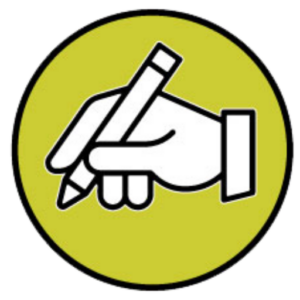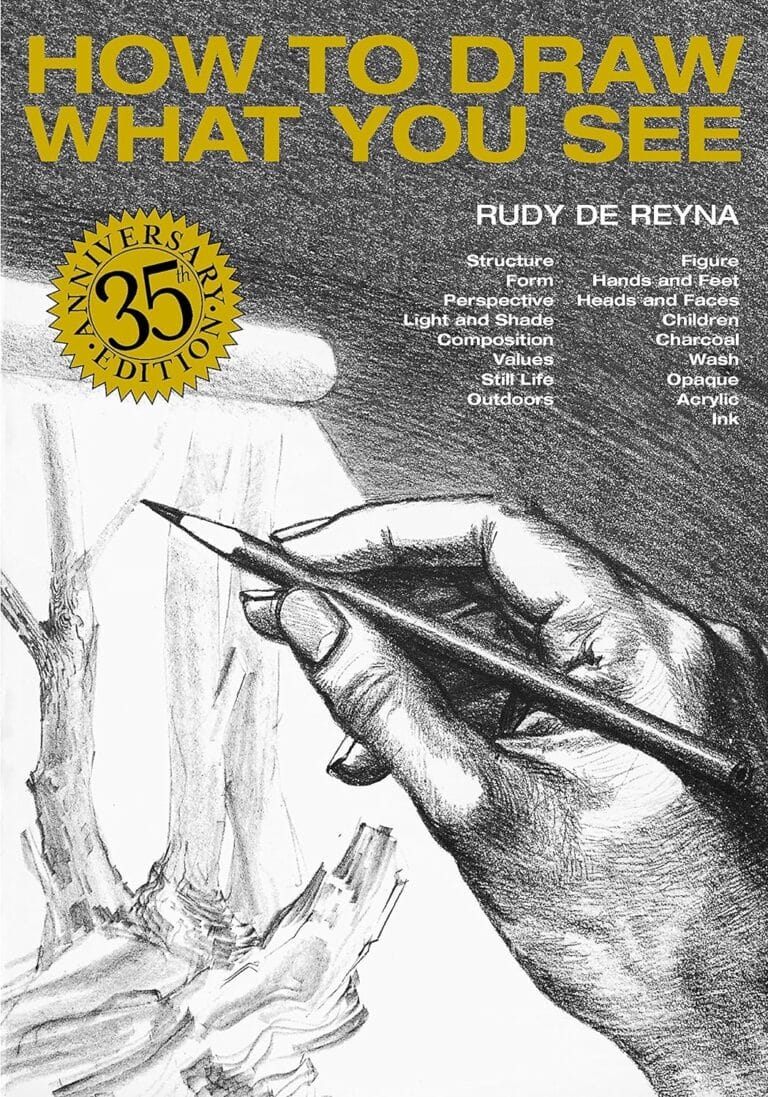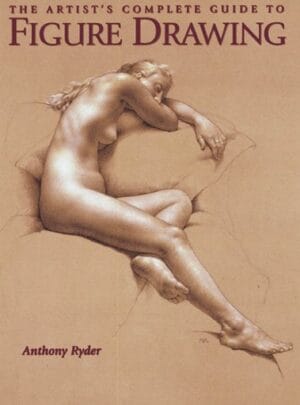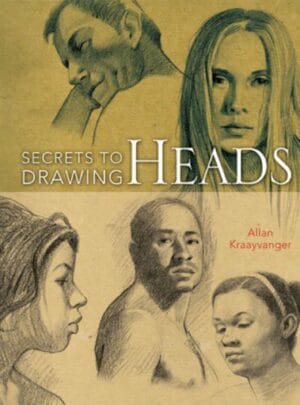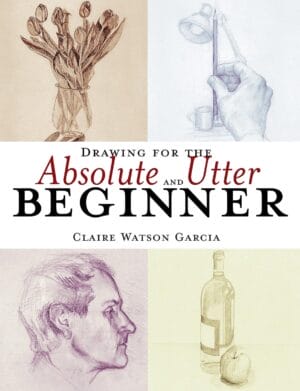Everyone wishes that they could faithfully reproduce the world around them—wishes that they could draw what they see. This is a book that teaches you how. Rudy de Reyna believes that there are only four basic shapes in nature—the cube, the cylinder, the cone, and the sphere. Every object is based on one of these geometric shapes, although the shape itself may be greatly modified. once you can see the basic shape of an object, you can draw that object no matter how much detail it may contain.
Part one discusses the fundamentals of drawing, There are clear, concise, and lavishly illustrated projects. Each project is arranged so that one is slightly more complex than the one before.
In part two, the author explains the use of media not usually described in a drawing book—wash, opaque, watercolor, and acrylic He provides exercises to help the student gain proficiency in handling each of them.
